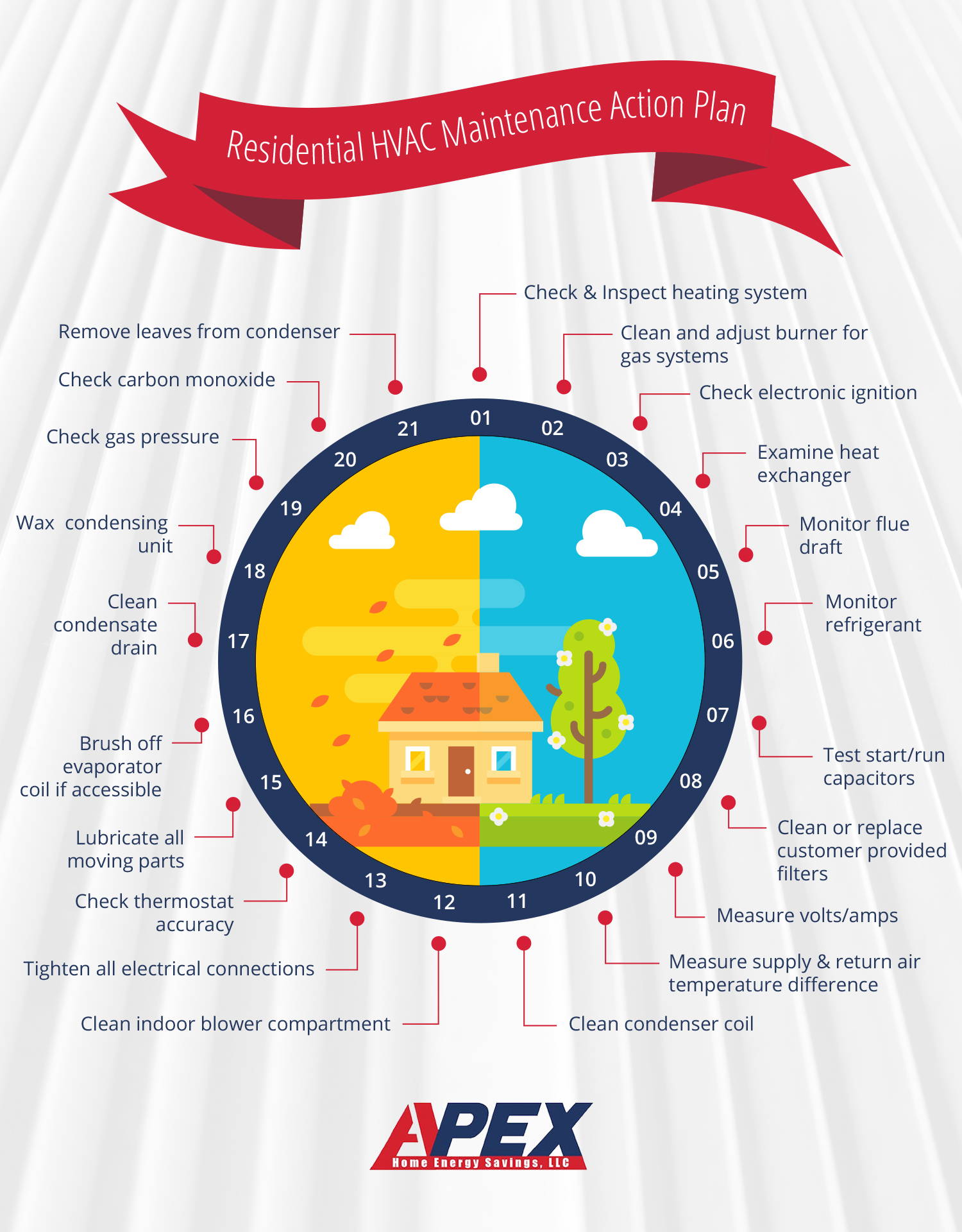Making The Most Of Convenience And Cost Savings - Tips For Optimizing Your Heatpump Performance
Making The Most Of Convenience And Cost Savings - Tips For Optimizing Your Heatpump Performance
Blog Article
Material Written By-MacKay Townsend
Whether you possess a heatpump or have an existing boiler back up, there are a few things that can be done to enhance your system for reliable operation. By complying with these ideas, you can make the most of comfort and cost savings without straining your system or racking up energy expenses.
Changing your thermostat for effectiveness is one of the first steps. Using zoning capacities to limit heating of vacant areas is an additional reliable method.
1. Set Your Thermostat to the Right Temperature
As the seasons transform, stabilizing comfort and price effectiveness can be a challenge. Fortunately, a few basic ideas can assist you reduce energy intake and take full advantage of savings.
Begin by establishing the most effective temperature for your family, after that set your thermostat appropriately. Prevent making large lift and down in the temperature setup, as this will trigger your heatpump to cycle on and off a lot more regularly, consuming extra power.
Rather, progressively lower the temperature level in the evening for a much more comfortable sleeping atmosphere. After that, raise it a little in the early morning. Keep in mind to keep air vents open and guided downward when home heating, and up when cooling to maximize blood circulation.
2. Inspect Your System Routinely
A heatpump system needs minimal maintenance, however it's important to examine the system consistently to catch any kind of troubles before they come to be severe. Clean indoor filters on a routine established by the maker or when they're noticeably filthy, and make sure outdoor systems have at the very least 2 feet of clearance to allow for airflow.
Checking the unit will certainly also include cleaning, tightening electric terminals, and running performance tests to ensure accuracy during heating and cooling modes. It's recommended to have a specialist service the heatpump two times a year. Doing these regular services can take full advantage of power cost savings and prolong the life of the system.
3. Clear Snow and Ice Around the Unit
Heat pumps are developed to operate outdoors and need to be without snow and ice in order to flow air. If your heatpump is obstructed by snow and can't reel in air, it will certainly toggle between heating and cooling and may exhaust.
It is very important to get rid of a two-foot clearance around your outdoor unit in order to enhance airflow and prevent ice buildup. Heatpump generally get in a defrost mode in the winter season to melt ice and snow yet this procedure can be troublesome if your unit is blocked by too much snow. This will lower your energy efficiency and result in costly fixing bills in the future.
4. Inspect the Cooling Agent Degrees
A heatpump utilizes cooling agent to cool your home in summertime and warm it in wintertime. You can help optimize its performance by consistently inspecting the cooling agent levels.
It takes a lot more energy to transform the temperature of your heatpump from a comfortable readying to a cooler one than it does to keep that temperature level. Changing the temperature for brief amount of times can additionally throw away power.
Leaking ducts and dirty air filters can cause unequal temperature levels. They can additionally make your heatpump much less reliable and set you back more to run. A professional can find and fix these troubles to improve your heatpump's efficiency.
5. Maximize Your Zoning Capabilities
Utilizing the zoning capabilities of a heat pump can aid to reduce energy waste by warming just occupied spaces. This not just lowers power intake yet also minimizes operating costs and extends the life of the system.
The Build Balanced Areas device makes use of a hereditary algorithm to construct areas that meet needed area structure requirements. These requirements include equivalent location, compactness, and equivalent number of functions.
Additionally, by making https://www.nevadabusiness.com/2020/09/goettl-air-conditioning-and-plumbing-provides-hvac-careers-to-12-veterans/ of wise thermostat innovation to optimize the temperature level setups based upon tenancy patterns and scheduling, you can additionally boost your heat pump's effectiveness. Maintaining a tidy air filter, guaranteeing proper insulation and having your ductwork reviewed for effectiveness can all contribute to enhanced power cost savings too.
6. Shielding the Outdoor Unit
House owners commonly ask whether it's worthwhile to plant color trees near their exterior air conditioning system (AIR CONDITIONER) unit. The solution is usually indeed, as shading the AC unit can help in reducing warm from the sunlight, which in turn helps it cool a lot more effectively.
Nevertheless, it is necessary to note that shading the a/c device doesn't necessarily cut energy consumption. As explained in the Discussion section of the FSEC record, the temperature of the surrounding air has a larger effect on cooling down performance than does the quantity of air drew in by the ac unit.
If your cooling compressor is on the south side of your house, think about growing tall, deciduous trees with vast, spread-out canopies. These can offer appropriate shade within one year.